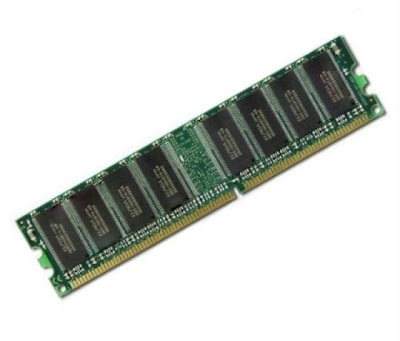USB DISK DRIVE :
Floppy Disk Drive
Floppy Disk Drive
A floppy disk is a data storage device which a thin and flexible disk encased in a square or
rectangle plastic shell floppy disk;s are read and written by a floppy disk drive. These are improved from 5inch, 160 KB to 3 inch, 1044MB. the power supply used in mini power connector.Dont remove the disk when the LED glows with the floppy disk.
The major parts of floppy disk drives are :
- Read write Head: These are used to read or write data from to the disk.
- Spindle Motor: It is used to spin the disk at either 300 or 360 rotation per minute.
- Stepper Motor :It is used to move the read write head and place it on desired track position.
- Mechanical Frame : It opens the protective window on the disk to allow the read write head to touch the dual sided diskette media. An external button allows the disk to be rejected.
- Circuit Board : It contains all the electronics to handle the data read from or written to the disk. It also controllers the stepper motor control circuit.
A floppy disk is a disk storage medium composed of a disk of thin and flexible magnetic storage medium, sealed in a rectangular plastic carrier lined with fabric that removes dust particles. They are read and written by a floppy disk drive (FDD).
Invented by IBM, floppy disks in 3.5-inch (89 mm), 5.25-inch (133 mm) and 8-inch (200 mm) forms were a ubiquitous form of data storage and exchange from the mid-1970s to the 2000s.
While floppy disk drives still have some limited uses, especially with legacy industrial computer equipment, they have been superseded by data storage methods with much greater capacity, such as USB flash drives, portable external hard disk drives, optical discs, memory cards, and computer networks.
Basically, a floppy disk drive reads and writes data to a small, circular piece of metal-coated plastic similar to audio cassette tape. In this article, you will learn more about what is inside a floppy disk drive and how it works. You will also find out some cool facts about FDDs.
An attempt to continue the traditional diskette was the SuperDisk (LS-120) in the late 1990s, with a capacity of 120 MB (actually 120.375 MiB), which was backward compatible with standard 3½-inch floppies. For some time, PC manufacturers were reluctant to remove the floppy drive because many IT departments appreciated a built-in file transfer mechanism that always worked and required no device driver to operate properly. However, manufacturers and retailers have progressively reduced the availability of computers fitted with floppy drives and of the disks themselves.
External USB-based floppy disk drives are available for computers without floppy drives, and they work on any machine that supports USB Mass Storage Devices. Many modern systems even provide firmware support for booting to a USB-mounted floppy drive.
Basically, a floppy disk drive reads and writes data to a small, circular piece of metal-coated plastic similar to audio cassette tape. In this article, you will learn more about what is inside a floppy disk drive and how it works. You will also find out some cool facts about FDDs.
An attempt to continue the traditional diskette was the SuperDisk (LS-120) in the late 1990s, with a capacity of 120 MB (actually 120.375 MiB), which was backward compatible with standard 3½-inch floppies. For some time, PC manufacturers were reluctant to remove the floppy drive because many IT departments appreciated a built-in file transfer mechanism that always worked and required no device driver to operate properly. However, manufacturers and retailers have progressively reduced the availability of computers fitted with floppy drives and of the disks themselves.
External USB-based floppy disk drives are available for computers without floppy drives, and they work on any machine that supports USB Mass Storage Devices. Many modern systems even provide firmware support for booting to a USB-mounted floppy drive.



























